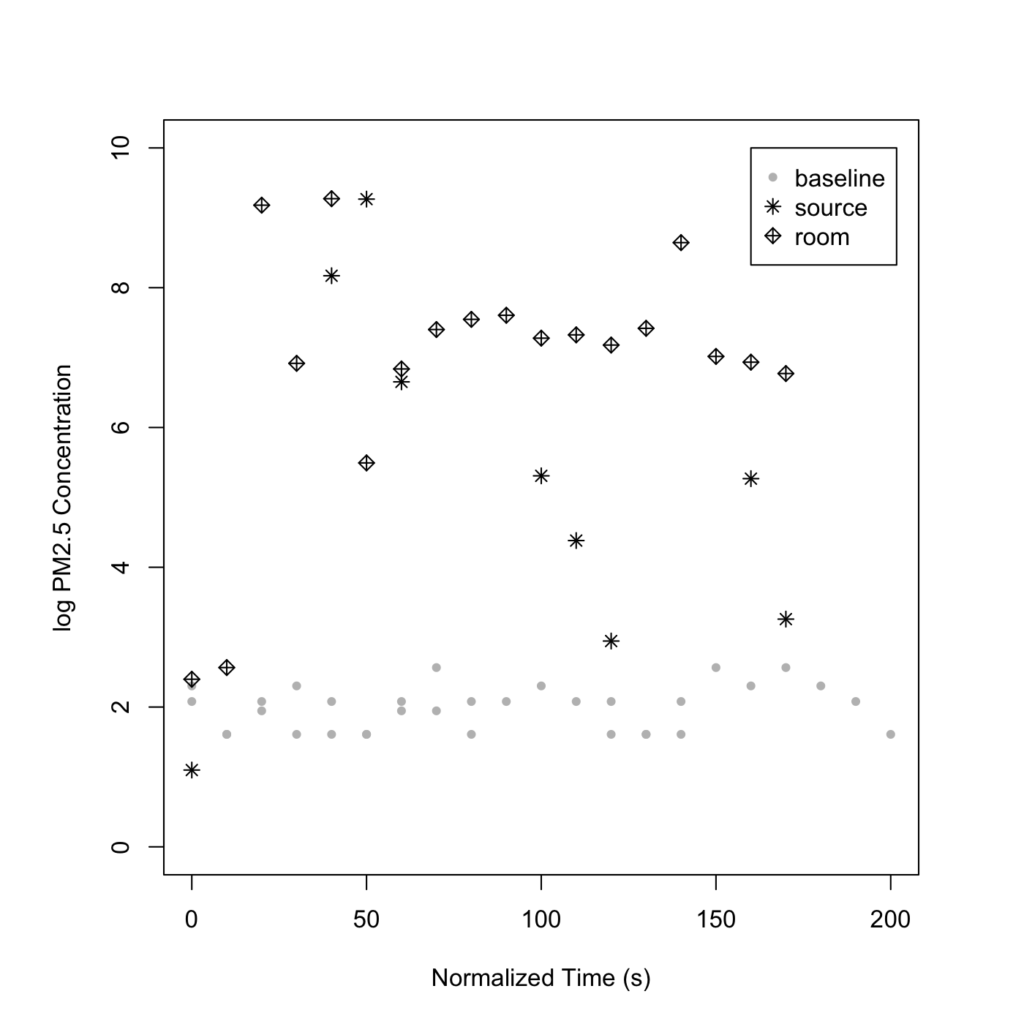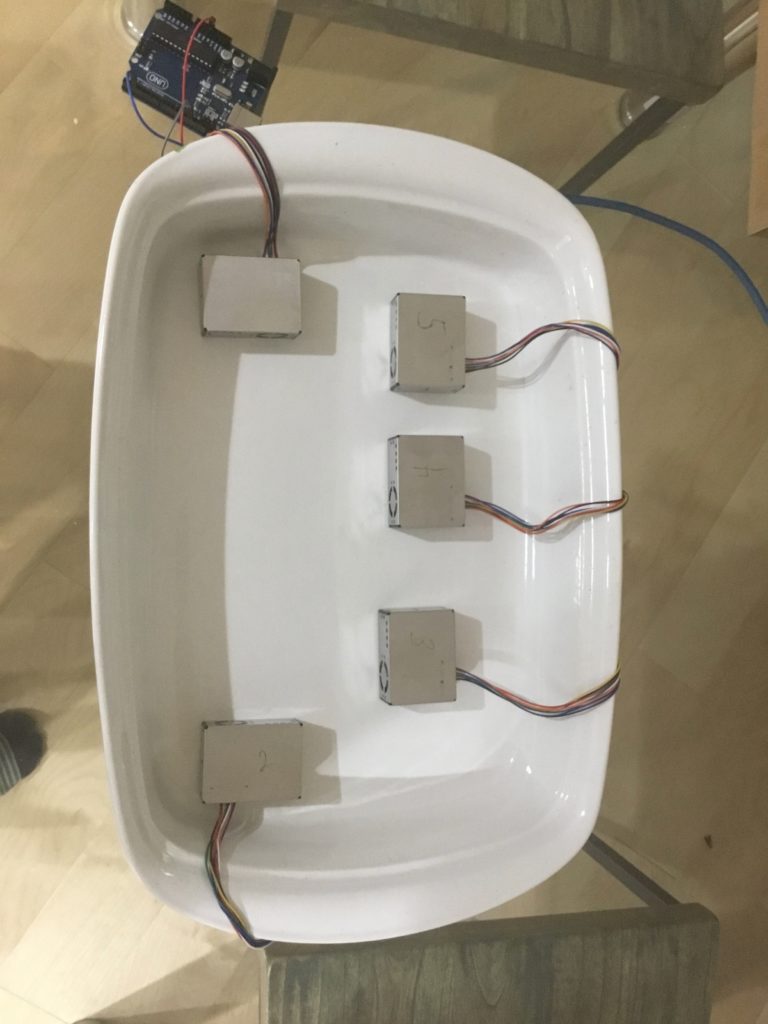Quantifying the Contribution of Outdoor-Sourced Environmental Tobacco Smoke on Residential Indoor Air Quality and its Health Impacts
Update
We recently received real sensors…
Summary
It has been well established in the scientific literature that Environmental Tobacco Smoke (ETS), more commonly known as secondhand smoke, contains many carcinogenic compounds, and that there is no safe level of human exposure to ETS. In a residential setting, the potential for adverse health impacts from ETS has received increasing attention in recent years as more people migrate to large cities and live in high-density housing, such as condominiums. This research has resulted in suggestions to building design that eliminates air-flow between neighbouring units of multi-unit dwellings and laws that limit smoking to balconies. However, the effect of outdoor-sourced ETS (OS-ETS) on indoor air quality may be of even greater concern, and has only recently started to be investigated.
The goal of this project is to quantify the level of OS-ETS a resident may be exposed to, the potential health impacts of such exposure, and possible remedies to reduce or eliminate this exposure.


